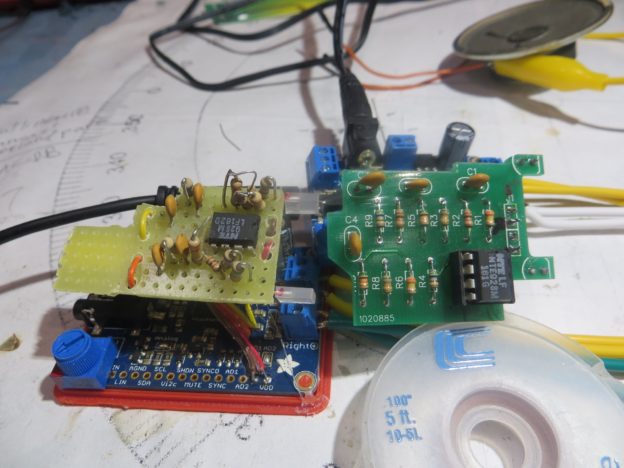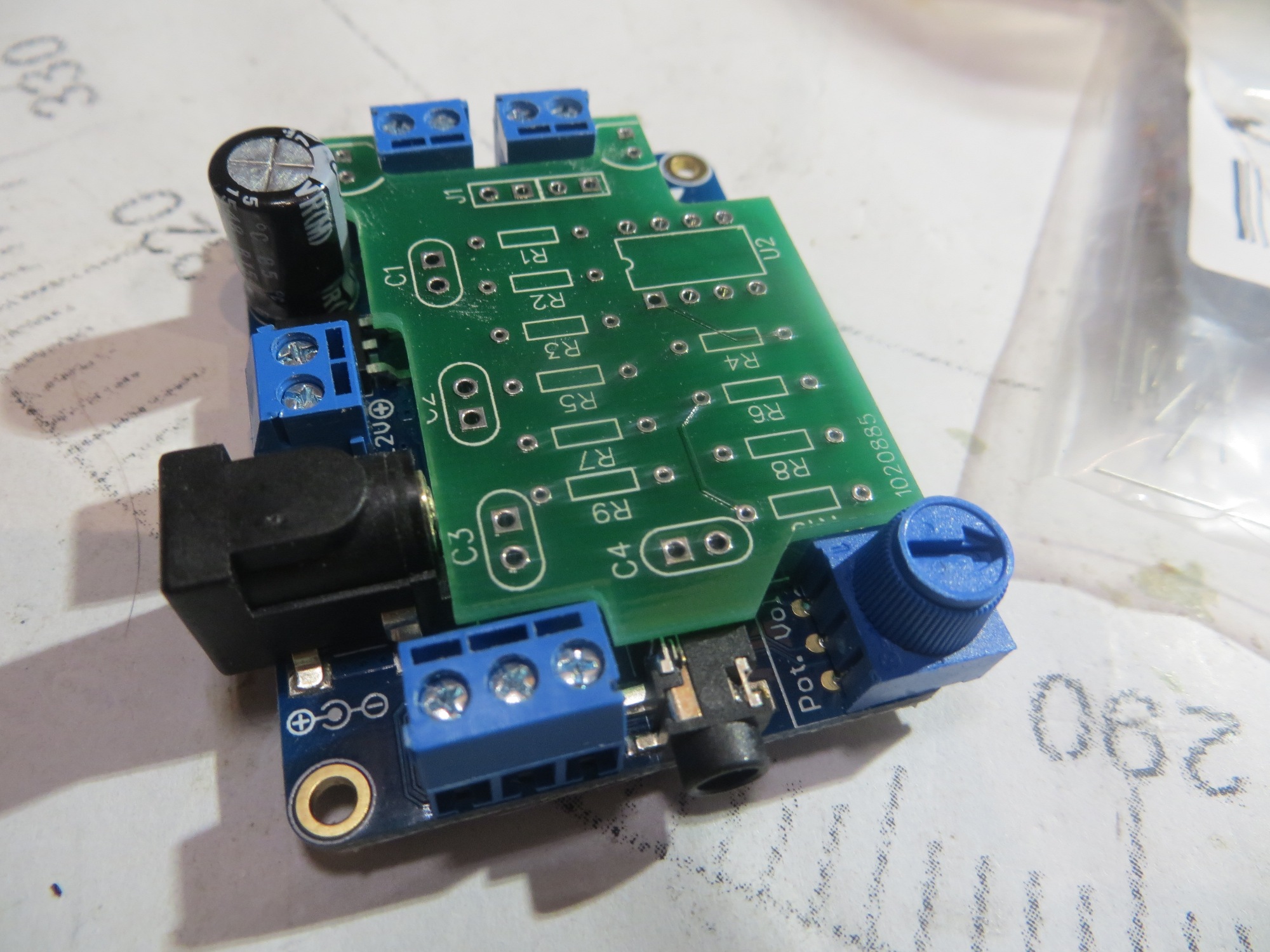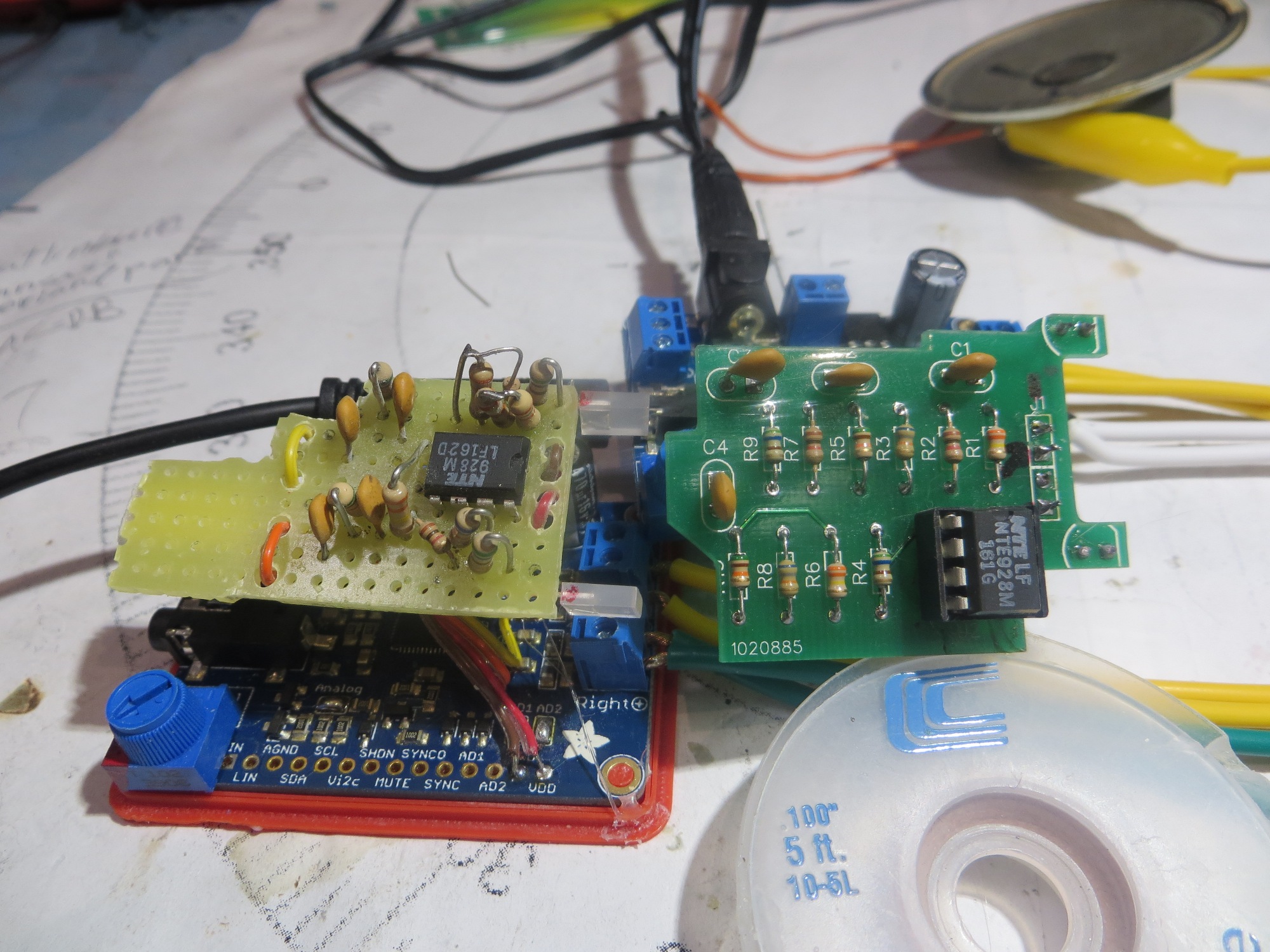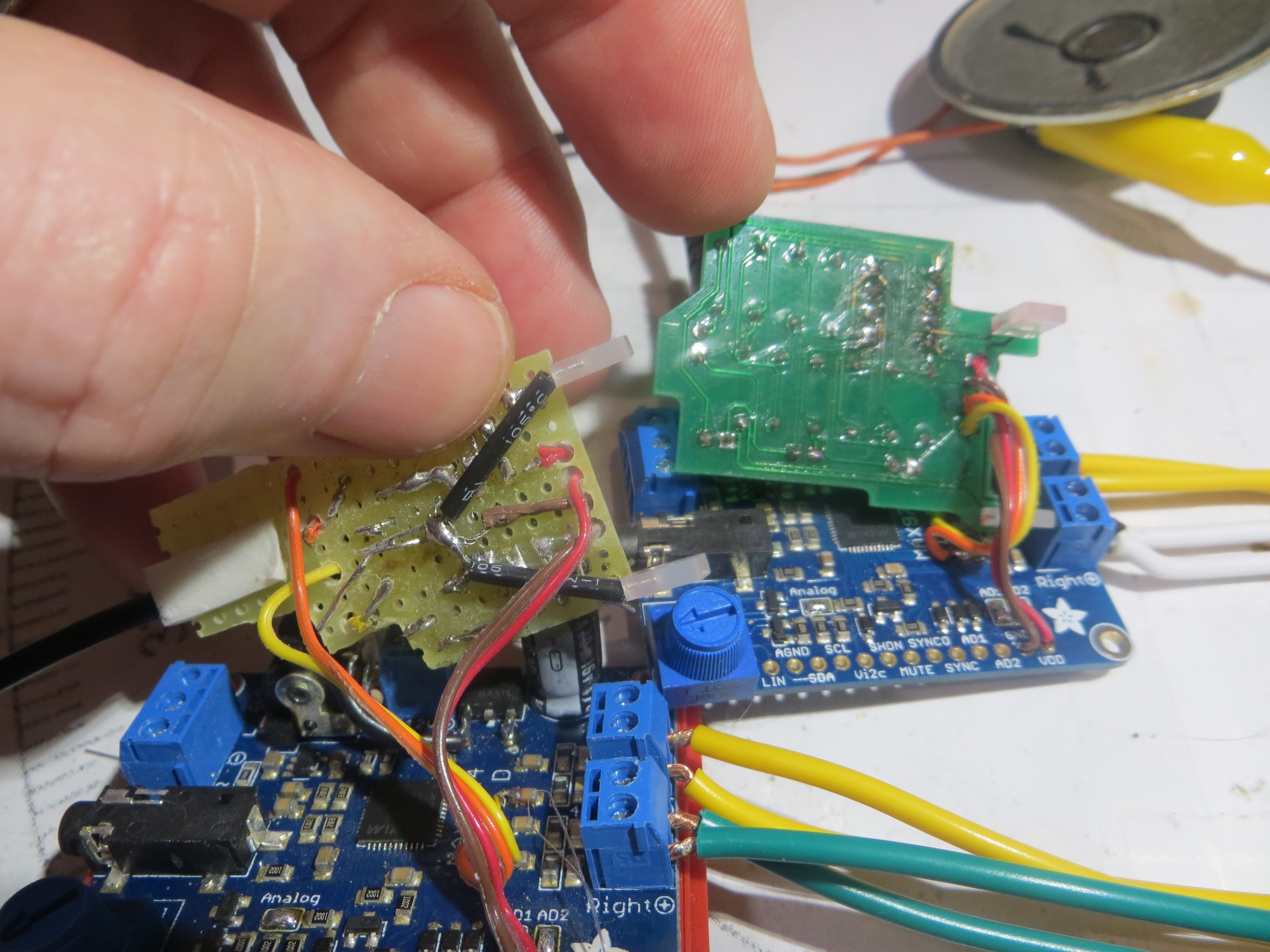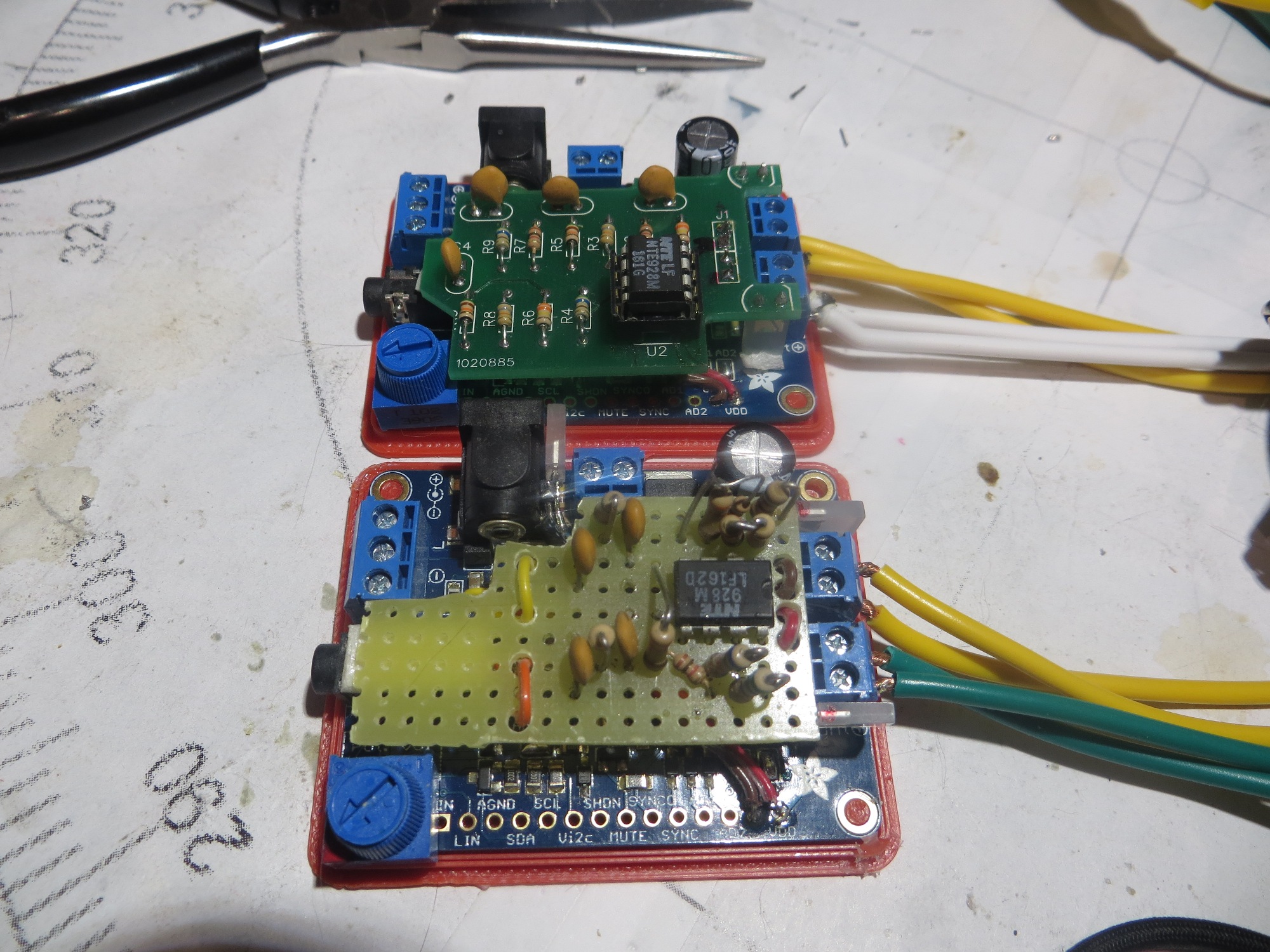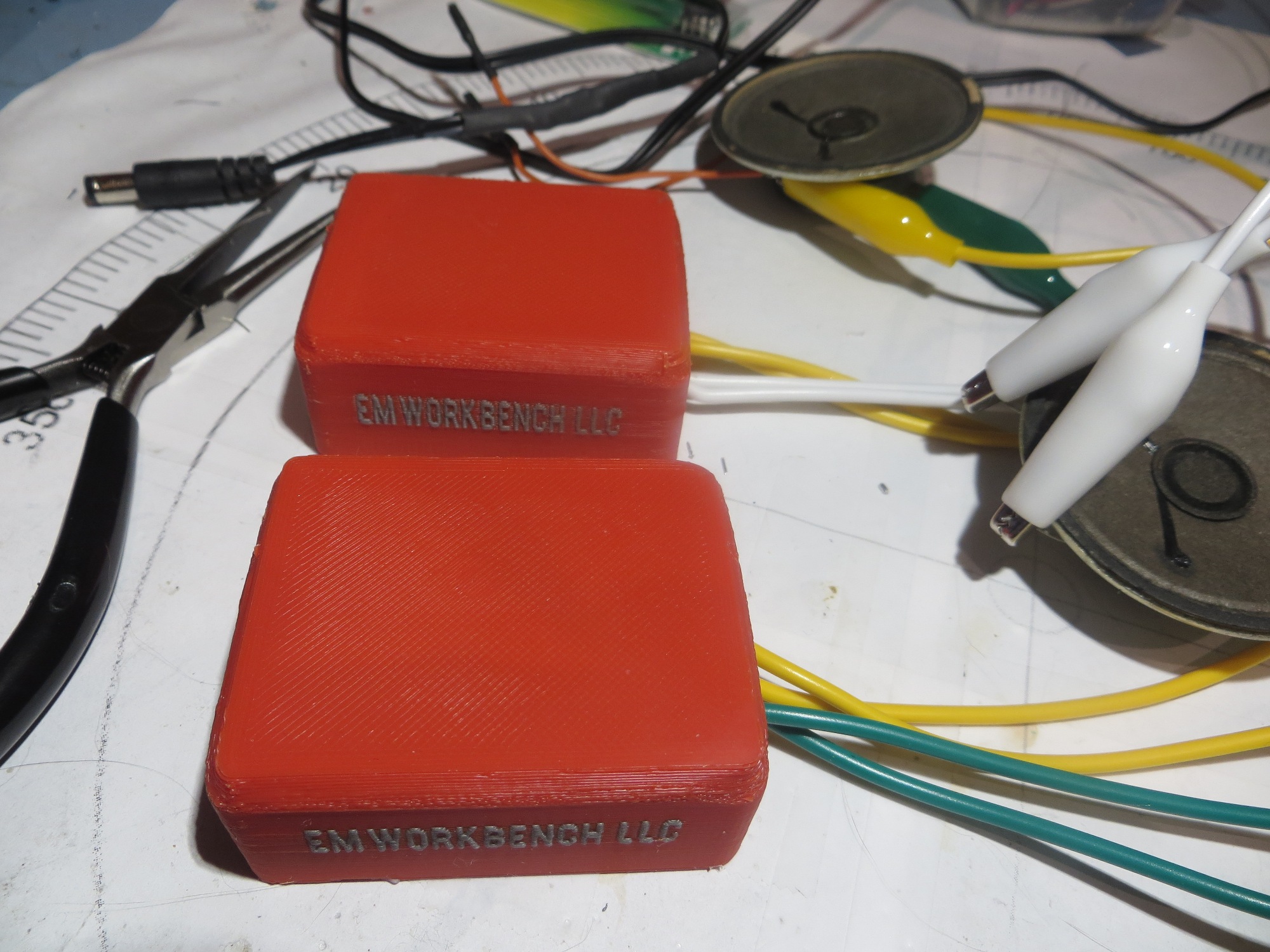Posted 09/28/16
Ever since I started the Wall-E wall-following project, my goal has been to give Wall-E the ability to periodically recharge his battery without human intervention. Then Wall-E would be free to roam the house indefinitely, striking fear into the hearts of humans and cats alike! ;-).
The concept for the Wall-E charging station has gone through a lot of iterations, at least during my drifting-off-to-sleep conceptual design sessions. Eventually I settled on a concept where Wall-E would be captured by some sort of lead-in railing which would force it onto a raised platform containing the charging power supply. The platform would contain a set of spring-loaded contacts that would mate with contacts on the underside of Wall-E for charging power and for charging state control.
To start the process, I ran some tests to determine the basic requirements for the lead-in structure. To support these tests, I modified Wall-E’s code to emulate its tracking behavior, but with an on-off push-button so I could run multiple tests without Wall-E running away.
As the following video snippet shows, my first idea of a low-sided lead-in wall was defeated in short order by Wall-E’s motor torque and soft, knobby wheels.
